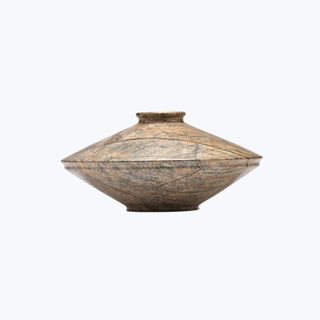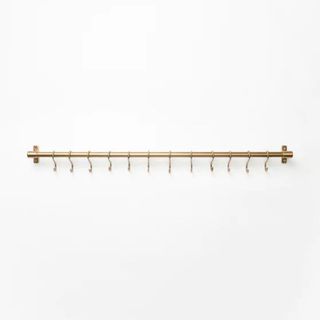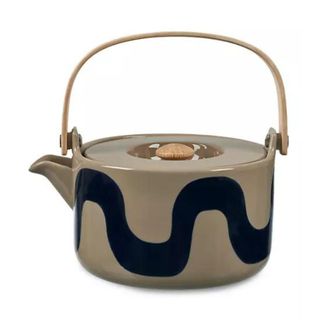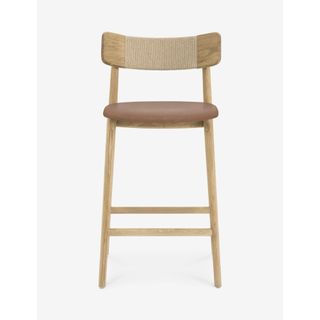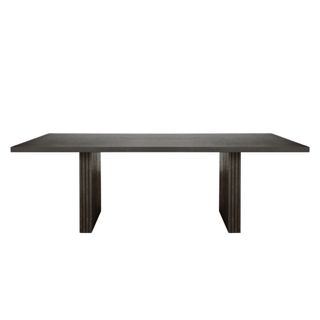How to create a Japandi kitchen – 6 design ideas to nail this simple-yet-soothing look
Lean into the functional, cozy, and undeniably fashionable design principles of Japandi
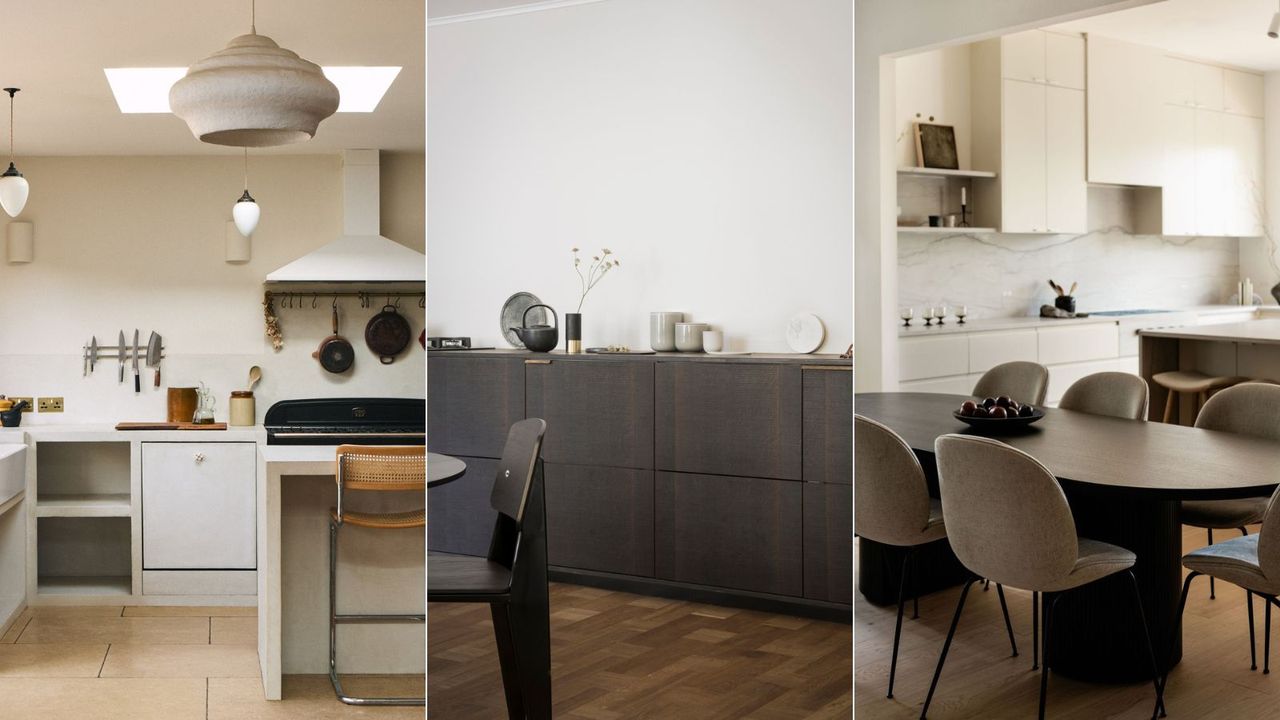

There's been much ado about eclectic, semi-rustic, slightly farmhouse-feeling kitchens of late. But sitting right next to them on your feed are those more muted rooms, slightly soft, filled with earthy textures, natural wood tones, and a rather simplistic approach to form and function. In other words, Japandi has entered the chat.
A fusion of Japanese and Scandinavian interior styles, Japandi decor offers a distinctive, harmonious, and functional approach to kitchen design. Think neutral color palettes, clean lines, and thoughtfully chosen accents to ensure a balance of both design principles. Natural light and a connection to the outdoors are prioritized, too.
A Japandi kitchen is undeniably calming. If you're looking to inject a little zen-like tranquility into the heart of your home, we've unraveled the hallmarks of Japandi kitchen ideas, alongside the experts, to help you on your quest for a simple-yet-soothing space.
6 Japandi Kitchen Ideas To Try In 2024
If you're still feeling a little unfamiliar, and wondering what really is Japandi style – it's as simple as this: it's the two most minimalist of design styles, married.
'Japandi is a combination of Scandinavian decor and Japanese-inspired design, both of which are known for their use of clean lines, a neutral color palette, and their use of natural materials,' explains Luis Carmona, founder and designer at VERDE Interior Design. This fusion of styles creates a kitchen that is not only super functional but also tells a story of harmony.
If that sounds like something your home is craving, here are 6 ideas, tips, and tricks to help you get started with Japandi kitchen design.
1. Balance natural wood tones with a neutral color palette
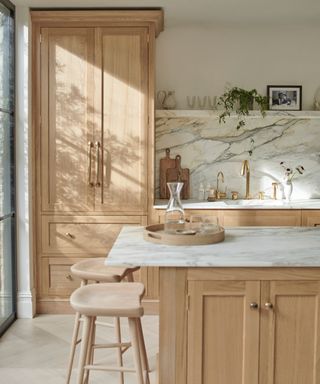
One of the key Japandi design rules is a color palette that stems from nature, so of course the Japandi kitchen is characterized by a soothing color palette and the use of organic materials.
'A muted color palette is something that defines both Japanese and Scandinavian interiors,' explains Norm Architects. 'We believe that the most important thing in a Japandi kitchen is that it extracts the colors from nature and what is inherent or occurs naturally in the materials in use.'
The warmth of wood, when complemented by serene neutrals like soft beiges and greiges or muted whites, creates a kitchen that exudes both warmth and sophistication, embodying the essence of Japandi design.
Emily Brown, founder of Emily Lauren Interiors, agrees. 'We love a blend of warm Scandinavian design with Japanese minimalism. The key is to keep your finishes paired back yet cozy,' she advises. 'Mix warm white walls with creamy, almond-colored cabinetry, and a quiet stone for your countertops and backsplash.'

In 2018, Emily Lauren Interiors was founded, dedicated to creating sustainable and timeless designs for both residential and commercial spaces. Emily brings her expertise and passion to every project, ensuring that each space is both functional and beautiful, with a touch of northern charm.
2. Keep cabinetry minimal with pared-back hardware
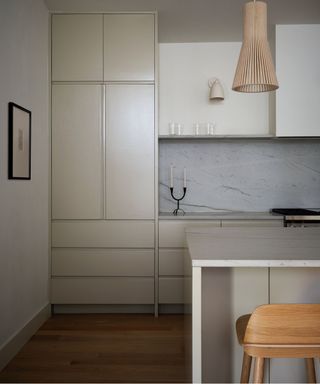
Unsurprisingly, minimalism takes center stage in a Japandi kitchen. For a true Japandi aesthetic, keep cabinetry minimal, opting for clean lines and unadorned surfaces. Pared-back hardware, or even handle-less cabinets, will enhance the streamlined look, contributing to the overall simplicity and functionality.
'When designing a kitchen with a Japandi aesthetic, the cabinets will most likely be flat panel kitchen cabinet styles with minimal hardware, helping create clean lines throughout the space without any interference from chunky hardware,' explains Luis Carmona.
Designer Artem Kropovinsky agrees, suggesting you choose minimalist cabinetry with a selective approach to colors. 'Create a harmonious, feminine, and soft look with the incorporation of natural wood tones and pastel whites or soft grays,' he advises. 'Handle-free cabinets will make the kitchen appear streamlined, especially with simple or no hardware. Consider glass-front cabinets for both function and to create a sense of openness and lightness in your kitchen.'
'Opt for polished nickel hardware and fixtures,' adds Emily Brown. 'Its understated elegance adds a touch of sophistication without overwhelming the aesthetic.'

Luis Carmona is the owner and lead designer at VERDE Interior Design. With almost two decades of experience in the creative space (interior design, advertising, and marketing), Carmona gets to blend his many passions into one design studio, offering services to commercial and residential clients in both Houston and Dallas.
3. Choose from stone, wood or concrete countertops
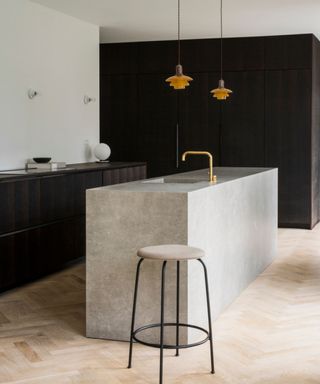
When it comes to kitchen countertop ideas, whether it's the natural warmth of wooden countertops, the elegance of stone, or the industrial charm of concrete, each material contributes to the tactile and visual richness that defines the Japandi kitchen aesthetic.
'Opt for countertops made of natural materials such as marble, quartz, or granite,' suggests Luis Carmona. 'Depending on the overall aesthetic of the space, you can also consider concrete or wood for the countertops as both of them promote sustainable design and contribute to the neutral color palette.'
Combining neutral colors with organic materials such as wooden countertops and stone backsplashes establishes a connection with nature, bringing a sense of tranquility into the heart of the home.
'Blend in various made-from-nature materials in your kitchen such as stone, quartz, or wood, to increase the character and include warmth,' adds Artem. 'These elements help to emphasize the Japandi style's concern for beauty and longevity.'

Based in New York, Artem Kropovinsky, founder of Arsight, has a decade of extensive and considerable global design experience. Prioritizing minimalism, sustainability, and authenticity, Artem, alongside his team of professionals, works on projects in the US and worldwide.
4. Set the room alight with multiple light fixtures
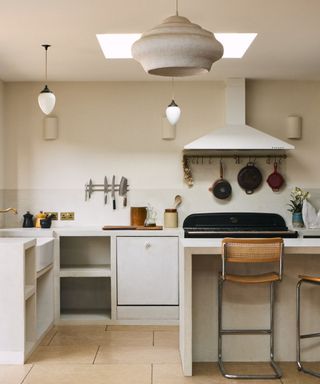
Light fixtures are not just functional; they are a statement piece of decor in a Japandi kitchen. Opt for layers of multiple kitchen lighting fixtures that mix form with function, such as pendant lights with clean lines and sconces made from natural materials.
Luis Carmona emphasizes the importance of a mixture of natural light and strategically placed artificial lighting in Japandi design. 'The use of skylights or large paneless windows is popular with this aesthetic, allowing a lot of natural light to come into the space. When needed, the use of spotlights, wall sconces, and lamps are used to focus on nooks in the space that may not receive too much natural light,' he explains.
These elements not only illuminate the space but also serve as key design features, contributing to the overall ambiance.
'Scandinavian influence will come alive with light wood tones in your light fixtures,' suggests Emily Brown. 'They will give your kitchen a warm glow, enhancing its airy feel.'
5. Place importance on the small details
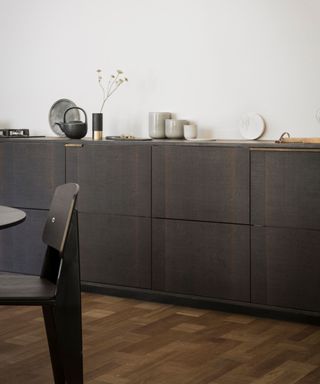
In neutral kitchens, it's the small details that elevate the overall design. Choose carefully curated accessories like handmade ceramics, minimalist containers, and wooden utensils. These thoughtful additions contribute to the overall aesthetic, creating a space that feels intentional and welcoming.
'Bring the Japandi aesthetic to your kitchen by prioritizing beautiful kitchen accouterments that have a thoughtful design as well as a clear function, and let these pieces do the heavy lifting in terms of design in your kitchen.' suggests designer Kathy Kuo. 'I love the idea of investing in items like an elegant knife block, a reclaimed wood cutting board, shibori patterned dish towels, and hand-made pottery to get that Japandi look that's equal parts cozy and minimal.'
'Objects and items have a depth to them – a tactility that speaks to our visual senses,' says the team at Norm Architects. 'It's also about treasuring imperfections, embracing the traces of time and patina that will occur to natural and honest materials.'
'A pole for pans to hang off is so simple and efficient, and looks lovely too,' adds Lucy Currell, creative director at Studio Iro. 'Open shelving gives a more rustic relaxed feel, it also enables you to have lovely ceramics and cookbooks on show. Finally, hang bits of art in your kitchen, it should be treated like another room in your home.'

Kathy Kuo is a celebrated interior designer and international guru within the home and lifestyle space. She has 20+ years of experience in the design industry.
6. Focus on furniture
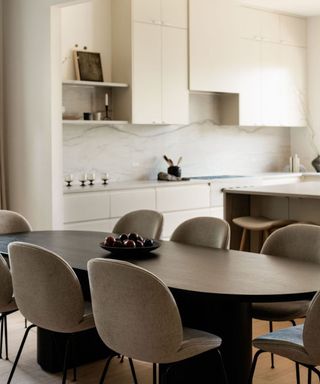
Consider incorporating furniture elements like a light oak or blackened wooden kitchen table and sleek bar stools to enhance the functionality of the kitchen and contribute to the cohesive feel of a cooking and dining space.
'If you're lucky enough to have an eat-in kitchen island, pair it with white oak stools and striped seat cushions. The combination is both practical and aesthetically pleasing, adding a touch of Scandinavian charm,' suggests Emily Brown.
'It is all about striving towards a perfect blend of functionality and simplicity, and finding a balance where there is nothing more to add or take away,' observes the team at Norm Architects. 'You should buy furniture of high quality, responsibly produced, natural materials – this is not only for the sake of your investment and environmental concerns but just as much to invest in your own well-being,' they add.
Japandi kitchens prioritize simplicity and efficiency. Clean lines and uncluttered surfaces create a visually pleasing and organized space. The use of modular storage solutions and multifunctional kitchen elements reflects both the Scandinavian and Japanese commitment to practical design.
Lucy Currell says: 'Don't do a fully built-in kitchen and instead add individual furniture pieces for storage and a more natural style,' she suggests. 'I have an antique wooden meat safe which I use as a larder, for example. This is also more sustainable, as you can change things around more easily and take the pieces with you if you move house.'
If you're looking to create a transformation in your kitchen, Japandi kitchen ideas offer a blueprint for a space that seamlessly combines calming aesthetics with soothing simplicity. Embrace the serenity of a neutral palette, the functionality of streamlined cabinetry and layout, and the warmth of natural materials to create a Japandi-inspired kitchen.
Sign up to the Homes & Gardens newsletter
Design expertise in your inbox – from inspiring decorating ideas and beautiful celebrity homes to practical gardening advice and shopping round-ups.

Charlotte is the style and trends editor at Homes and Gardens and has been with the team since Christmas 2023. Following a 5 year career in Fashion, she has worked at many women's glossy magazines including Grazia, Stylist, and Hello!, and as Interiors Editor for British heritage department store Liberty. Her role at H&G fuses her love of style with her passion for interior design, and she is currently undergoing her second home renovation - you can follow her journey over on @olbyhome
-
 'They all feel chaotic’ – 6 things that make a room look really messy and what to do for an instant lift
'They all feel chaotic’ – 6 things that make a room look really messy and what to do for an instant liftEasily make your home less stressful by fixing these six faux pas
By Chiana Dickson Published
-
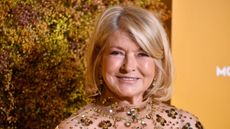 Martha Stewart's 1970s butter yellow kitchen is back in style, and will dominate color trends in 2025 – its mood-boosting benefits are unmatched
Martha Stewart's 1970s butter yellow kitchen is back in style, and will dominate color trends in 2025 – its mood-boosting benefits are unmatchedEmbrace the warmth and mood-boosting power of sunny tones for a happy, vibrant feel in the kitchen
By Jennifer Ebert Published
